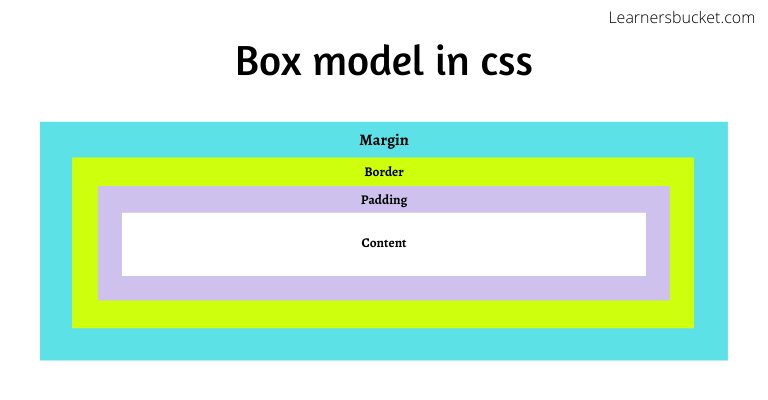
#Browsers different font box windows#
As their site shows, they put in the time to make their fonts work everywhere, and it's not just for show - I remember being blown away when I first got to see their fonts on a Windows system. One service that I cannot recommend more strongly is Hoefler&Co.'s Cloud Typography. I'm sure your question is probably more geared toward avoiding this sort of situation. However, I know from firsthand experience that, just like how some pre-digital-era typefaces just don't do all that great on the screen, plenty of modern fonts just aren't optimized for every device. Even if the font is well-tuned, an XP rig with ClearType turned off is going to negate it. Font rendering is notoriously difficult across operating systems and even across browsers at times. See the Pen Box Sizing Layout Demo by CSS-Tricks ( on CodePen.If the active word here is "perfectly," then the answer is almost certainly no, for reasons that have little to do with the fonts themselves. Click the border-box button to get all the children in the right place inside the parent. The parent div‘s width is 50%, and it has 3 children with different widths, padding, and margins.

This demo shows how border-box can help make responsive layouts more manageable. This has proven so useful in responsive design that it’s found its way into reset styles.Īt this point you may be asking yourself, “Is it possible that Old IE did something right?” Plenty of people think so. With box-sizing: border-box, we can change the box model to what was once the “quirky” way, where an element’s specified width and height aren’t affected by padding or borders. Today, the current versions of all browsers use the original “width or height + padding + border = actual width or height” box model. Though box-sizing has three possible values ( content-box, padding-box, and border-box), the most popular value is border-box. Those wishes were granted when the box-sizing property was introduced in CSS3. Again, very useful when creating fluid designs with form elements! Present-Day box-sizing In that vein I also wish I could specify a 100% width for an element, minus a set fixed width. Perhaps something like padding-inside as a new selector? I would love a different box model! I find it bizarre that padding and border add the width of an object, and would love to be able to give something like a textarea 100% width and 3px padding without worrying what it’s going to do the layout. The great designer Jon Hicks, known for his excellent fluid width designs, had this to say on the subject in the CSS Wishlist we put together in 2008:
#Browsers different font box update#
The problem for present-day developers is that those absolute pixel lengths don’t translate to responsive design, so the same math doesn’t apply anymore.Īs responsive design (or, as it was once known, “fluid” or “liquid” layout) started to gain popularity, developers and designers wished for an update to the box model. You could do a bit of arithmetic to figure out how many pixels you needed to trim off of an element’s declared width or height to accommodate its padding and border. Having the actual visible width of a box turn out differently from what you declared in the CSS is a bit mind bending.īut, in the days of fixed-width design, it wasn’t particularly complicated to work with the default box model once you understood it. Some people preferred this “quirky” interpretation of the box model and considered it more intuitive. The box at the bottom shows what was once the “quirks mode” interpretation of the box model. The box at the top shows the default box model. The border and padding values were moved inside the element's box, cutting into the width/height of the box rather than expanding it. Height = actual visible/rendered height of an element's box

Width = actual visible/rendered width of an element's box This can be a little counter-intuitive, since the width and height you set for an element both go out the window as soon as you start adding padding and borders to the element.īack in the old days of web design, early versions of Internet Explorer (<= IE6) handled the box model differently when it was in "quirks mode". Height + padding + border = actual visible/rendered height of an element’s box Width + padding + border = actual visible/rendered width of an element’s box Since the dawn of CSS, the box model has worked like this by default: It’s such a boon for developers that here at CSS-Tricks we observe International Box-Sizing Awareness Day in February.īut, how is it so helpful and beloved that it deserves its own internet holiday? Time for a little bit of CSS history. The box-sizing property can make building CSS layouts easier and a lot more intuitive.


 0 kommentar(er)
0 kommentar(er)
